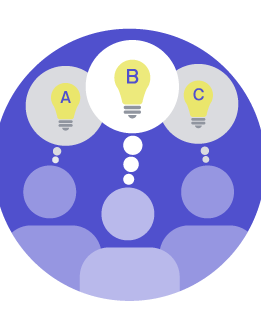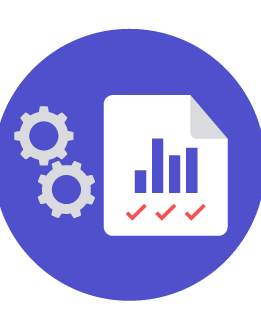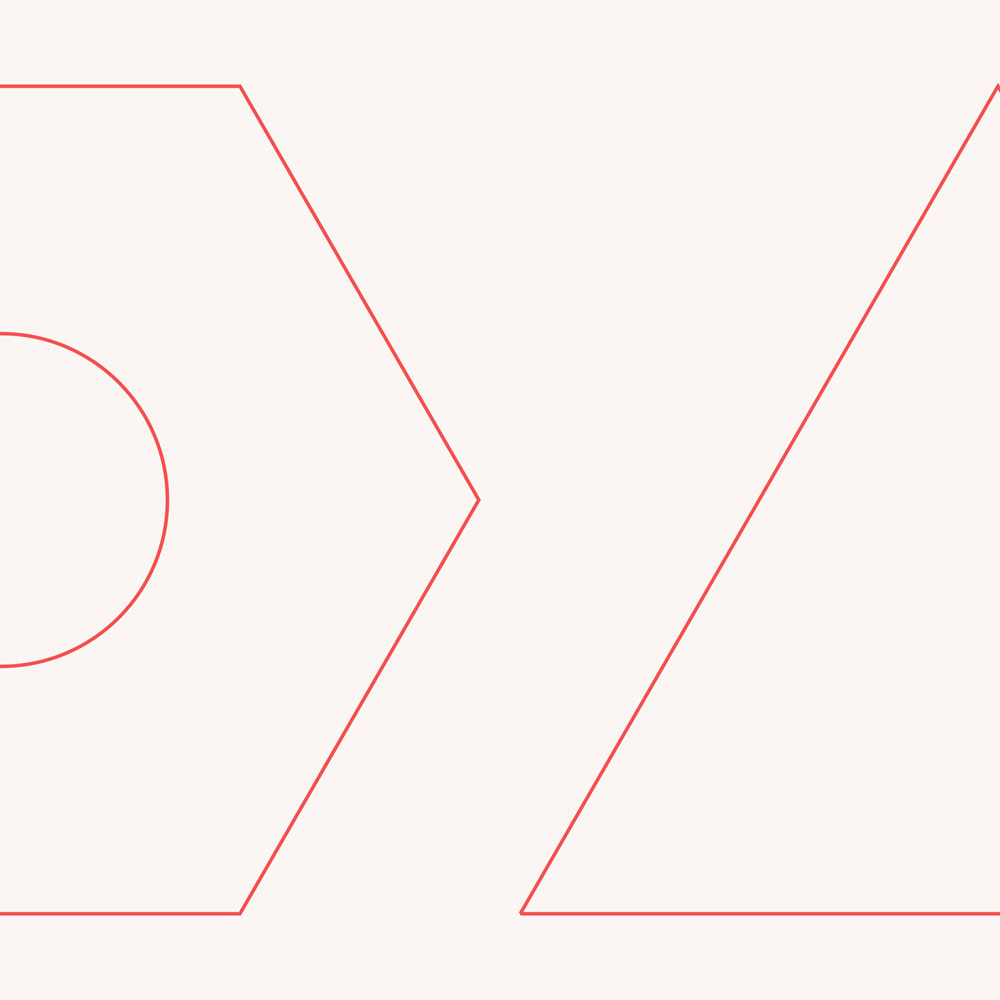
Living Labs Services and Process
Living Labs offers four primary services. The overarching aim for each approach or service remains the same: bringing the end user's context, use case scenario, needs, and challenges into the design process. However, the specific objectives and outputs slightly vary from project to project.

We work with partners who have a general idea of what the health challenge is, but are trying to deeply understand the context and the users and come up with potential ideas for addressing the problem. Through participatory processes, we gather insights from users, prioritize ideas to prototype, and iterate to develop solutions that meet their needs.

We use this process when there is already a firm understanding of the health problem and potential concepts to solve the problem. It lowers the risk of launching a new product or approach by providing an opportunity for rapid, initial user feedback and positioning for the concept, while simultaneously avoiding an expensive and time-consuming pilot of a concept that is not appropriate, scalable, or sustainable. We identify key stakeholders, collect feedback from end users through interviews or focus groups, and aggregate and analyze data to inform concept recommendations.

We test health prototypes or solutions with end users across different settings to identify what is working and what can be improved. We put early-stage solutions in the hands of end users; observe or simulate use with potential end users to discover strengths and weaknesses; and strategize improvements to make products or solutions market-ready.

The Living Labs team includes experts in quantitative analysis and data visualization. We pair routine health data from country health information systems with qualitative findings from our human-centered design engagements to generate new insights, prioritize locations and interventions, and determine which co-created solutions are most impactful.
Our Process
Living Labs engages users from a place of deep empathy, generating many ideas that address their challenges. Often solutions can be inexpensive or a simple prototype. We use a “4D” approach to co-creation: discover the problem and the users' needs; define the key themes and insights shared by users; dream with our users about possible solutions and prioritize concepts to test; design with our users, build a prototype, and keep iterating until a version is accepted.

“We are delighted to have an approach which involves the health care worker giving insights on the actual challenges we face, as compared to just looking at health statistics and not being sure what the real problem is.”— District Health Officer, Zambia

